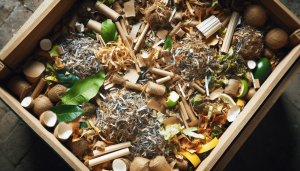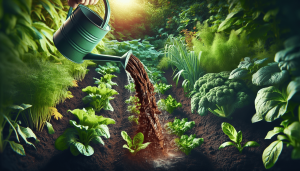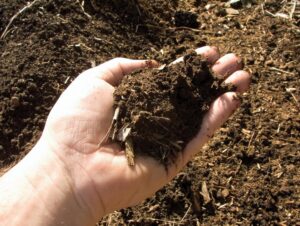In our journey towards more sustainable living, one of the key practices we’ve embraced is composting. “How Do I Keep My Compost Pile Aerated?” provides us with hands-on tips and practical advice to ensure our compost stays healthy and aerated. By turning our piles regularly, adding the right mix of materials, and using tools like compost aerators, we can keep our compost piles thriving. This article walks us through each step, making it easier for us to create rich, nutrient-dense compost for our gardens. Together, we’ll discover how a well-aerated compost pile can transform our gardening experience.
How Do I Keep My Compost Pile Aerated?
How often have we wondered, “How do I keep my compost pile aerated?” Maintaining a pile of compost may initially seem like a straightforward task, but ensuring it has proper aeration can truly elevate the quality of the compost you produce. Let’s break down this process so that we can step into the world of composting with confidence and ease.
Why is Aeration Important?
We might ask ourselves why aeration matters in the first place. Much like us, microorganisms that break down our compost need oxygen to thrive. Without sufficient air, these organisms can’t carry out their job efficiently, leading to a slower decomposition process. Moreover, a compost pile lacking oxygen can become anaerobic, which might result in unpleasant odors and inefficient compost.
Benefits of Proper Aeration
- Faster Decomposition: Well-aerated compost breaks down quicker, leading to faster maturation.
- Odor Control: Aerobic composting helps prevent the formation of smelly compounds.
- Nutrient Balance: Proper aeration supports a balanced decomposition, ensuring nutrient-rich compost.
Understanding the Layers
To maintain an aerated compost pile, it’s important we understand how to layer materials properly. A fundamental aspect of composting is alternating layers of greens (nitrogen-rich materials) and browns (carbon-rich materials).
Greens Vs. Browns
| Greens | Browns |
|---|---|
| Fresh Grass Clippings | Dried Leaves |
| Vegetable Scraps | Straw or Hay |
| Coffee Grounds | Paper and Cardboard |
| Fruit Peels | Sawdust |
| Manure | Wood Chips |
Greens provide the nitrogen, while Browns supply the carbon. Alternating layers of these materials maintains balance and supports aeration, preventing compaction.
How Do I Keep My Compost Pile Aerated?
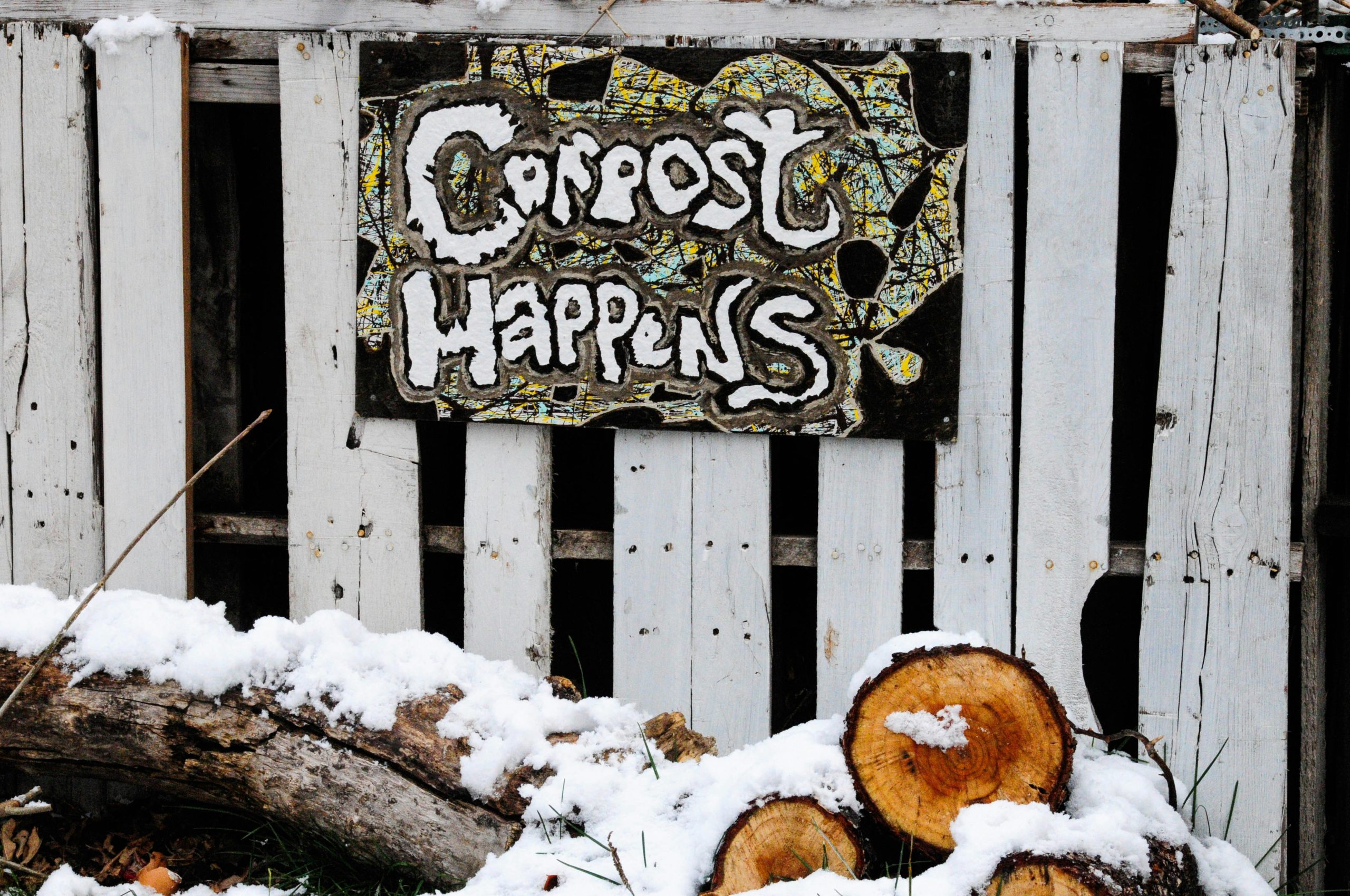
Turning the Pile
One of the most effective methods to keep our compost pile aerated is by turning it regularly. Turning helps introduce oxygen into the pile, promoting aerobic activity.
How Often Should We Turn the Compost?
For optimal results, turning the compost every 1 to 2 weeks is recommended. However, the frequency may vary based on several factors:
- Pile Size: Larger piles might need less frequent turning.
- Material Composition: Wet materials may need more frequent turning.
- Environmental Conditions: Warmer climates accelerate decomposition, requiring more turning.
Tools to Aid Aeration
Various tools can make the process of aerating our compost pile easier and more effective.
Compost Aerators
There are several types of compost aerators designed to simplify the job of turning the pile.
| Tool Type | Description |
|---|---|
| Hand Aeration Tool | A tool with wings or spikes that you rotate into the pile to create air channels. |
| Pitchfork | Traditional but effective, used to lift and turn compost layers. |
| Compost Turner | For larger piles, mechanical turners can save time and effort. |
| Aeration Pipes | Placed within the pile, perforated pipes can facilitate air flow without manual turning. |
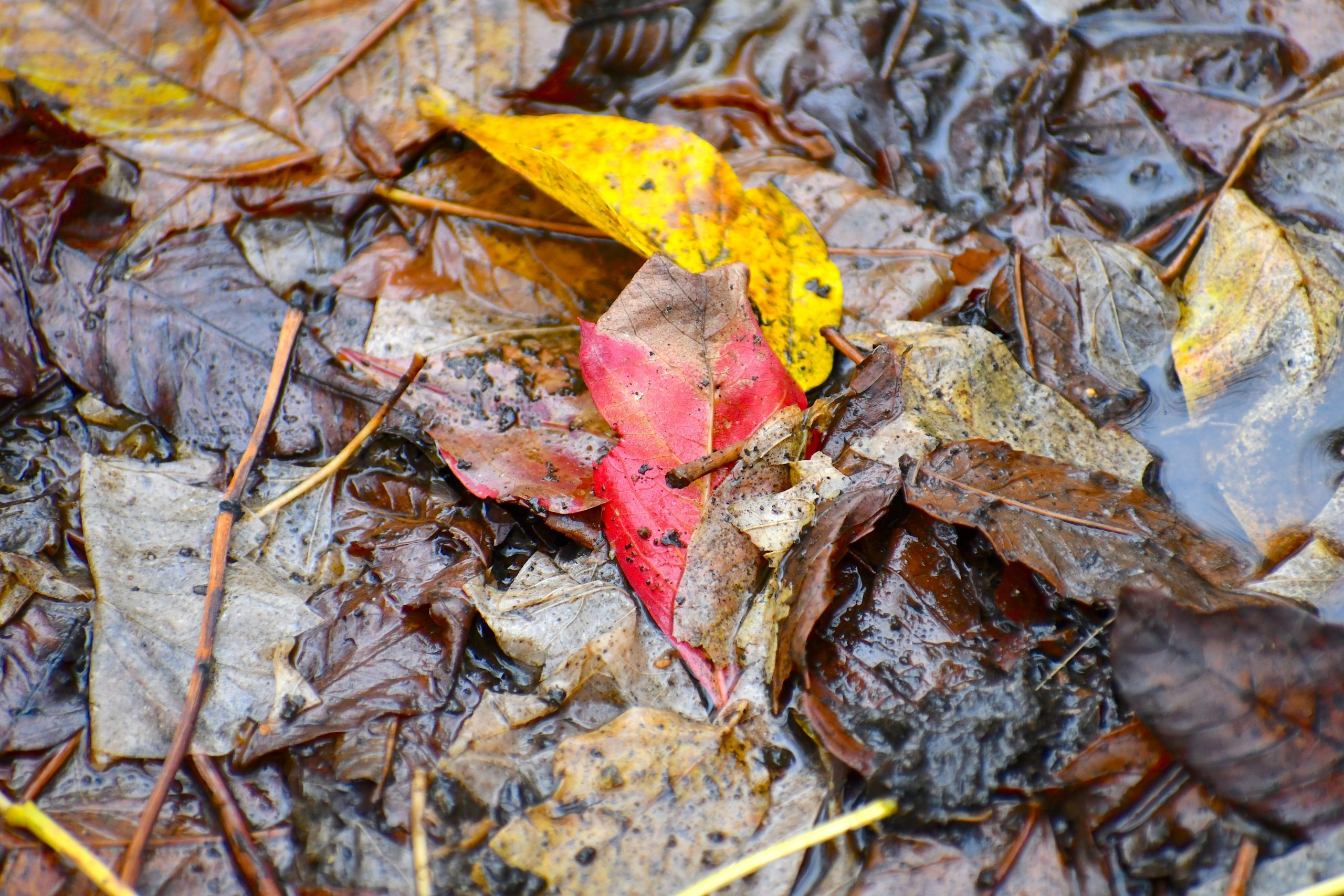
Moisture Level and Its Impact
Maintaining the right moisture level is another critical aspect of keeping our compost pile aerated. Compost should ideally be as moist as a wrung-out sponge.
Checking Moisture Levels
We can easily check moisture levels by grabbing a handful of compost and squeezing it:
- Too Dry: If it falls apart, the pile lacks moisture, and we’ll need to add water.
- Too Wet: If water streams out, it’s overly wet, and we’ll need to add more browns and possibly turn more frequently.
Tips for Balancing Moisture
- Add Water: During dry spells, lightly water each layer as we add it.
- Cover the Pile: Use a tarp during heavy rain to prevent the pile from becoming waterlogged.
- Adjust Materials: If too wet, add more browns such as dried leaves or straw.
Size Matters
The size and structure of our compost pile significantly impact its aeration. Optimal pile dimensions can ensure better air circulation naturally.
Ideal Size of a Compost Pile
An ideal compost pile should be at least 3 feet high and 3 feet wide. This structure allows for proper heat production and air flow.
Avoiding Compaction
The key to maintaining aeration is to avoid compaction:
- Avoid Large Clumps: Shred large pieces before adding them to the pile.
- Space for Air: Try not to pack materials tightly, allowing space for air to flow.

Use of Bins and Structures
The use of compost bins can aid in maintaining aeration by organizing and containing materials.
Aerated Compost Bins
There are specially designed bins that enhance air circulation.
| Bin Type | Features |
|---|---|
| Tumbling Bins | Mounted on a stand and can be easily turned. |
| Vented Bins | Have built-in ventilation holes to promote airflow. |
| Wire Mesh Bins | Allow natural aeration through the open design. |
Creating Air Channels
Placing coarse materials at the base of the pile can create natural air channels. This method reduces the need for frequent turning.
Base Materials
- Twigs or Branches: Larger pieces at the bottom help air to move upwards.
- Wood Chips: Medium to large chips also aid in handling moisture and aeration.
Incorporating Worms
Vermicomposting, or composting with worms, can also enhance aeration. Worms naturally burrow through the compost, aerating it as they go.
Benefits of Vermicomposting
- Continuous Aeration: Worms constantly move through compost, promoting air flow.
- Faster Breakdown: Worms help accelerate the decomposition process.
Common Aeration Mistakes
Even with the best intentions, we can sometimes make mistakes that hinder aeration. Let’s discuss some common pitfalls.
Overwatering
Adding too much water can create an environment devoid of oxygen. Remember, more isn’t always better.
Neglecting to Turn
A neglected pile can become anaerobic, leading to slow decomposition and foul smells. Regular turning is essential.
Using Impermeable Materials
Materials that don’t break down easily, like large branches or plastic, can block airflow. Properly shredding materials beforehand can mitigate this issue.
Troubleshooting Compost Pile Problems
Despite our best efforts, issues can arise. Here are some troubleshooting tips for common compost pile problems.
Bad Odors
Cause: Often due to anaerobic conditions or excess nitrogen (greens). Solution: Turn the pile more frequently and add more browns.
Pile Not Heating Up
Cause: Could be due to lack of nitrogen, moisture, or insufficient pile size. Solution: Add more greens or water, and ensure the pile is adequately sized.
Continuous Learning and Adaptation
Composting is an ongoing learning process. Every pile we create teaches us something new. By paying attention to how our compost reacts and adapts, we can improve our techniques and produce better compost over time.
Resources
There are numerous resources available to help us hone our composting skills:
- Books and Guides: Many comprehensive guides provide in-depth insight into composting.
- Workshops: Local gardening workshops often offer hands-on learning opportunities.
- Online Forums: Communities of experienced composters can provide advice and answers to specific questions.
Conclusion
By understanding the importance of proper aeration and implementing these techniques, we can ensure our compost pile remains healthy, efficient, and odor-free. From learning the essentials of layering, using the right tools, maintaining optimal moisture, to troubleshooting common problems, each step we take brings us closer to producing high-quality compost. Happy composting!
If we have any additional questions or need further guidance, don’t hesitate to reach out to local gardening experts or join composting communities online. Together, we can share knowledge and foster a more sustainable way of living.

